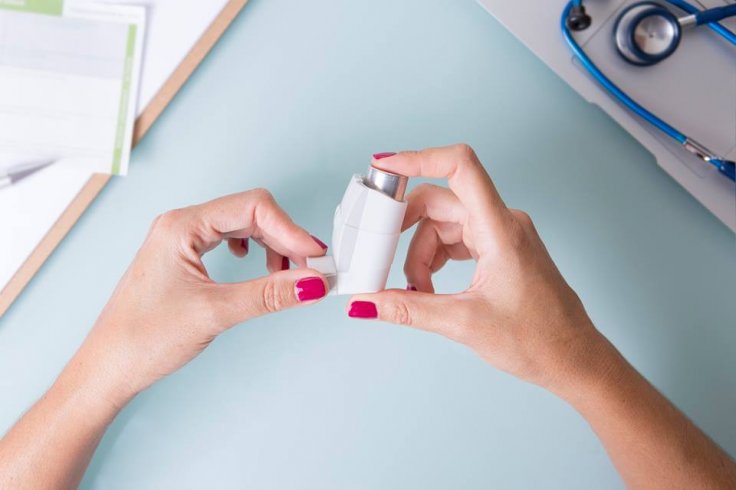
A team of American and Chinese scientists have developed a new non-toxic treatment that could lead to more effective drug therapy for millions of individuals with asthma and other respiratory disorders.
Scientists from US-based Rutgers University and Shanghai University in China examined more than 6,000 compounds and identified a drug called TSG12 that relaxes the muscles and opens the airways in asthma.
This drug treatment, which is not toxic in human cells, was found to prevent pulmonary resistance in egg-and dust mite-induced asthma as well as in chronic obstruction pulmonary disease (COPD).
"It is not a cure, but I think this treatment will give people a lot of hope," said lead author Luis Ulloa, immunologist at the Rutgers New Jersey Medical School.
"We found that the TSG12 is both non-toxic and more effective in reducing pulmonary resistance and could be a promising therapeutic approach for treating asthma without losing their effectiveness overtime," he added.
The study, published in the journal Science Translational Medicine, found that the metallothionein-2 (MT-2) protein in asthmatic lung tissue relaxes airway smooth muscle cells and opens the airways, allowing asthma patients to breath.
But MT-2 was over 50 per cent lower in asthmatic lung tissue and mice without the MT-2 protein were found two-times more susceptible to asthma.
Thus, the team transmitted short electrical pulses into mice through electro-acupuncture needles.
It enabled them to identify the specific drug (TSG12) that they believe provides better therapeutic treatments for asthma and other respiratory disorders.
The TSG12 treatment, developed from the MT-2 protein, relaxed the airway smooth muscle cells, expanded the pulmonary airways, reduced pulmonary resistance.
It was also more effective than current FDA-approved treatments, including bronchodilator inhalers used by almost all people with asthma, the researchers said, adding that the next step would be clinical trials.
Source: IANS









